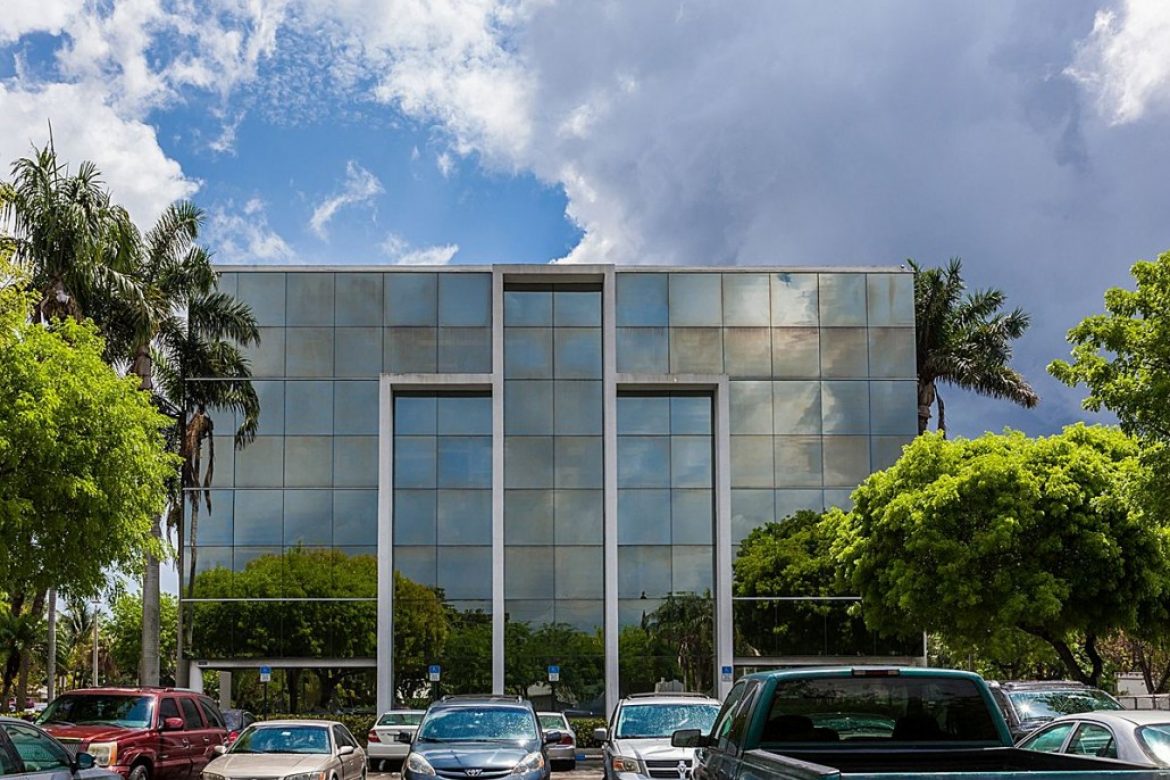
Professionals involved in owning, developing, leasing or financing medical office buildings (MOBs) often point to the Great Recession as an instigator for new investors to become interested in the property type.
To be sure, the healthcare real estate (HRE) space and MOB development and investment certainly suffered during the big downturn of 2007-09. However, thanks to other, unrelated circumstances, existing properties performed well, retaining their physician and health system tenants and, as a result, maintaining their values.
With many economic and business pundits predicting that the country’s economy is once again heading toward a downturn – albeit not as severe as the last one – the recession-resistant qualities of MOBs are once again piquing the interest of a wide range of would-be investors as well as providing a sense of comfort for those already involved.
A panel of well-known, experienced HRE professionals recently explored this topic, as well as a host of others, while discussing the short- and long-term outlook for the sector during a panel session at the recent InterFace Healthcare Real Estate Conference in Dallas. The panel, titled “What is the Short- and Long-Term Outlook for Healthcare Real Estate?” was moderated by Murray W. Wolf, publisher of Healthcare Real Estate Insights.
The panelists comprised: Lee Asher, vice chairman of the U.S. Healthcare Capital Markets team with CBRE Group Inc.; John Pollock, CEO of San Ramon, Calif.-based Meridian; Gordon Soderlund, executive VP, strategic relationships with Charlotte, N.C.-based Flagship Healthcare Properties; Jonathan L. “John” Winer, senior managing director and chief investment officer with White Plains, N.Y.-based Seavest Healthcare Properties; and Erik Tellefson, managing director with Capital One Healthcare Financial Services.
As the session kicked off the conference on Sept. 17, one of the panelists, Mr. Winer of Seavest, said that during “recessions, healthcare facilities, in particular those with the characteristics that we all know about, do just fine.” But he added that if there is a caveat to that perspective. If a recession is indeed eminent, he cautioned, investors should make sure not to acquire assets with only short-term prospects for success, be they aging buildings and/or those that will not provide flexibility as the healthcare delivery model changes in the future.
“The assets most of us are going to be looking for are newer assets that we’re very comfortable with as a long-term hold; we’re not looking for short-term turnaround plays,” Mr. Winer said. “But otherwise, I think we’re in good shape and I think businesses (in this sector) are in good shape, whether a downturn occurs or not.”
Other Panelists Agreed
“We operate a private REIT (real estate investment trust),” said Mr. Soderlund of Flagship, “and so we have a very long-term view of holding assets, and we are becoming more aggressive, reasonably aggressive in pursuing acquisitions. We want to build our portfolio and we … figure out what we should (hold on to and) not hold on to. We’ve been through that process. There’s a continuing imbalance of supply and demand, and until that changes, and until interest rates maybe go in a different direction, we’re all in a relatively safe place right now.”
Mr. Pollock of Meridian, which often redevelops value-add medical facilities, noted that during a recent meeting with investors from various sectors of commercial real estate, he was “peppered” with questions about HRE.
When he told that group that the tenant retention rate in medical facilities is often in the 85 percent to 90 percent range, “they were like, ‘You’re kidding!’” Mr. Pollock said.
“In general office, it’s 70 percent across the board,” Pollack said. “I think what we’re all seeing is that investors who are in industrial, multifamily and office are now asking more about healthcare. So we’re seeing pension funds that haven’t been in the sector, institutional investors who haven’t been allocating to the space with the theme being that medical office assets are performing better and they’re readying, maybe not for an economic downtown, but toward diversifying their investor base,”
Source: HREI
